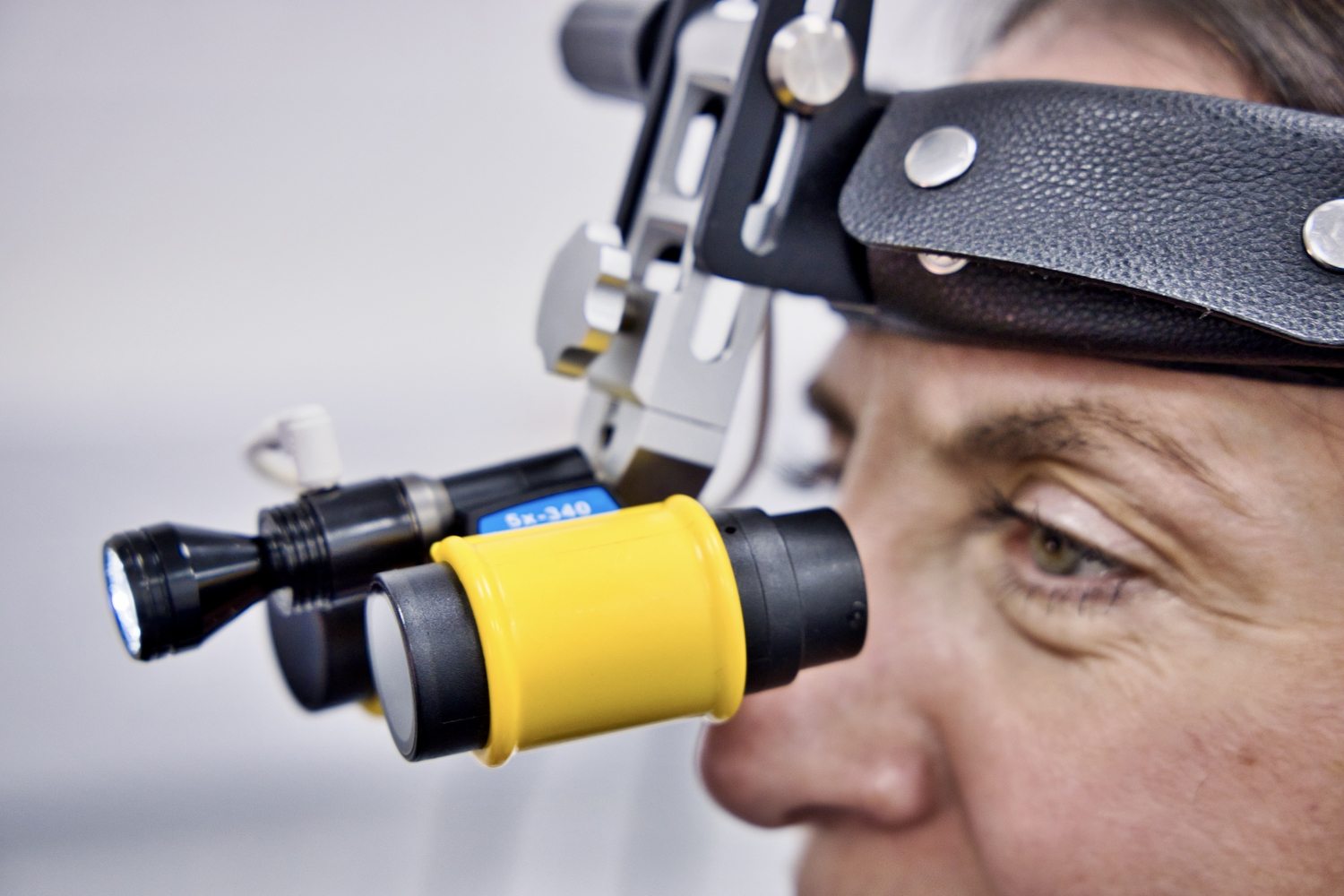Why do we have earwax?
24 January 2022Everyone makes earwax, which is an oily substance produced in the ear canal. The amount people produce varies wildly, with some people making a lot, and some people making a little.
How Is It Made?
The medical term for earwax is cerumen, and it is formed from a mixture of waxy secretions from glands in the ear and dead skin cells from within the ear canal. Earwax is formed in what is called the ‘cartilaginous’ portion of the ear canal, which is the last third of the passage that is nearest to the outside.
There is significant variation between people both in the amount of earwax produced and its consistency. Some people produce a relatively small amount of soft earwax, whilst some produce large amounts of dry, difficult to remove wax.
What Does Earwax Do?
The function of earwax has been the subject of much debate over the years. Most scientists believe that it serves several functions.
Firstly, the oily, fatty consistency of the wax keeps the ear canal moisturised to avoid overly dry and flaky skin which might block the ear and lead to hearing loss.
Secondly, it captures dust, dirt and small particles before they get to the eardrum. These are then bound up in the wax and carried out of the ear naturally as the ear wax gets expelled.
Thirdly, earwax has both antimicrobial and antifungal properties, which serves the very important function of preventing the growth of microorganisms. Under normal circumstances, this should reduce the chance of infection taking hold within the ear.
What Happens to Earwax?
Earwax is produced constantly, so to avoid blocking your ears the body needs to get rid of it. The way this usually happens is for the earwax to be moved along the ear canal as if on a conveyor belt. This movement is caused partly by the growth of the skin within the ear canal, but it is also generated by the jaw during talking or eating. As the earwax approaches the ear it starts to dry, and at the entrance to the ear canal it flakes away and falls out.
If something interferes with this process then the ear can become blocked. Causes of reduced wax removal can either be a change in the consistency of ear wax which makes it drier and therefore more difficult to move (this can happen naturally with age) or blockage of the exit of wax from the ear canal (such as the use of earplugs or hearing aids).
Earwax is a complex substance that is produced throughout a person’s lifetime. It has unique properties which are vital to the health and function of your ear. In health it keeps your ear canal moisturised, clean and free of infection. However, if something prevents the normal loss of earwax it can become impacted which can lead to a range of health problems.





